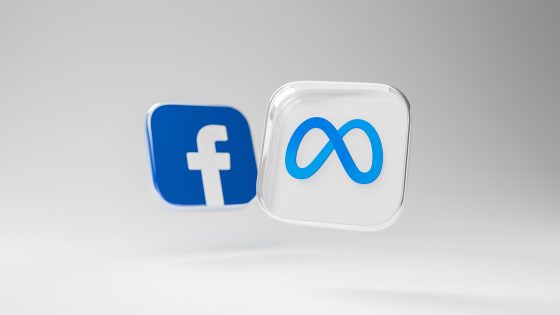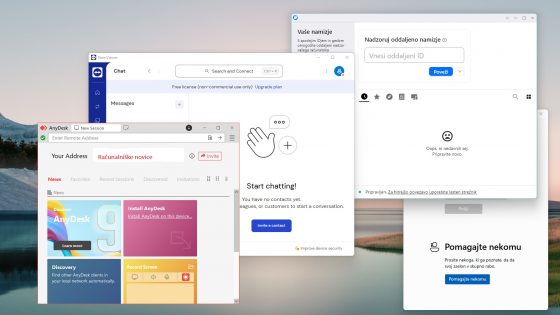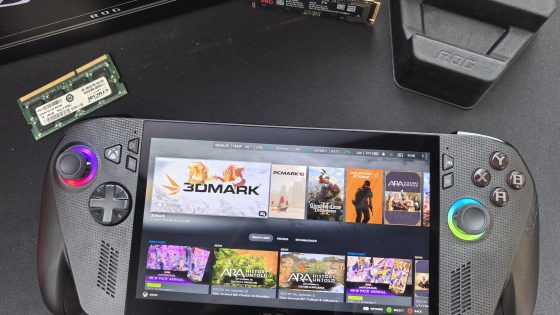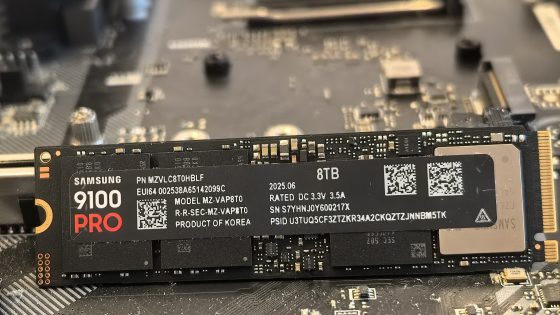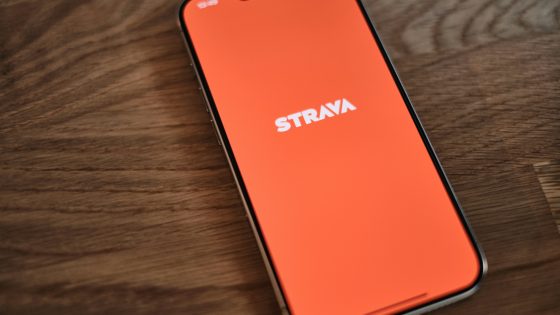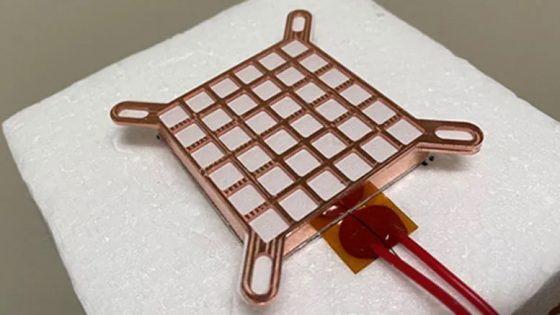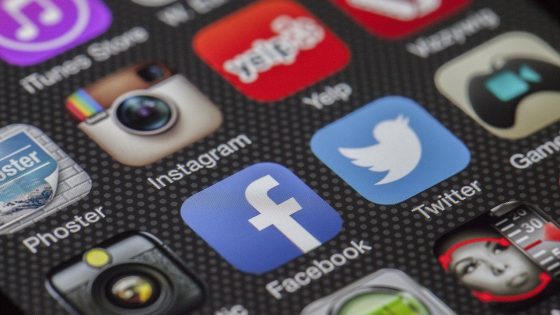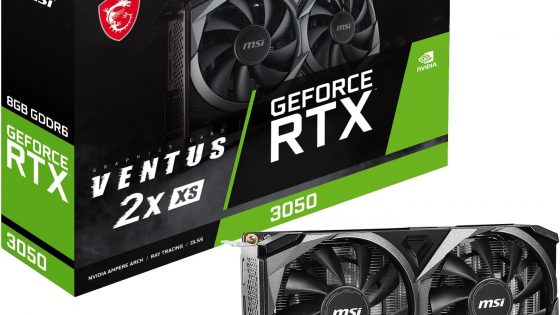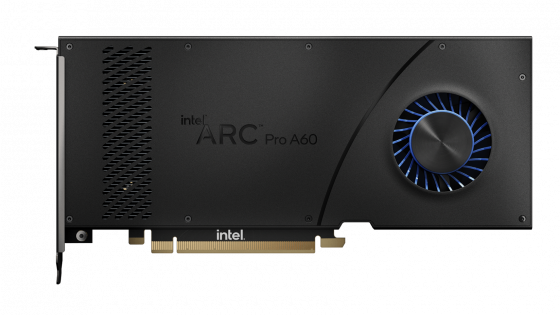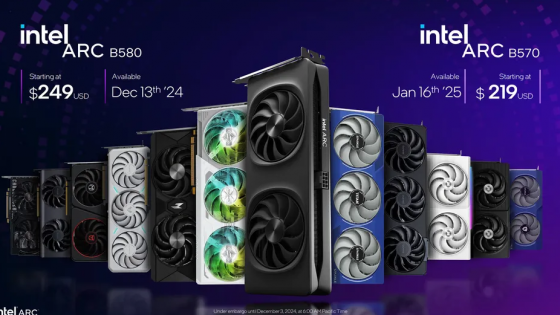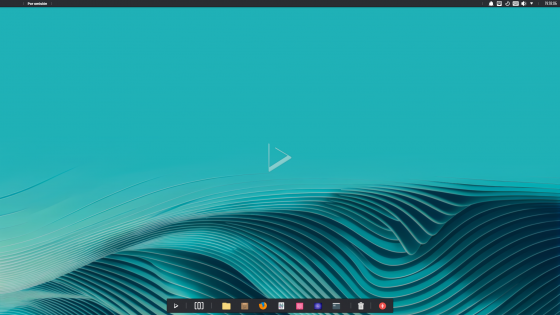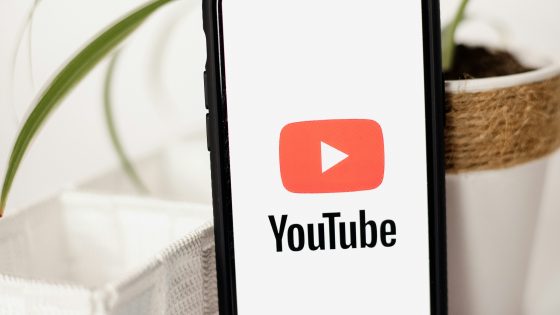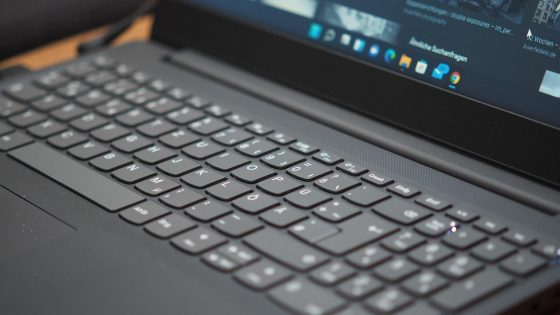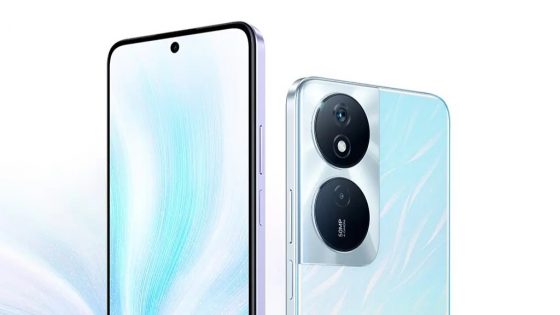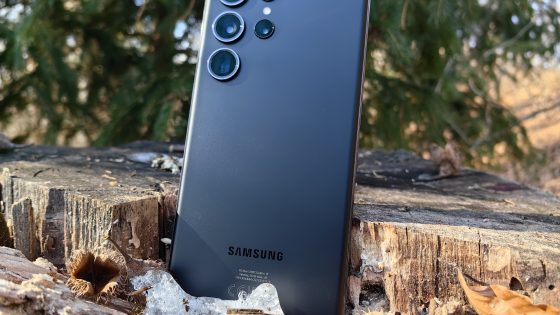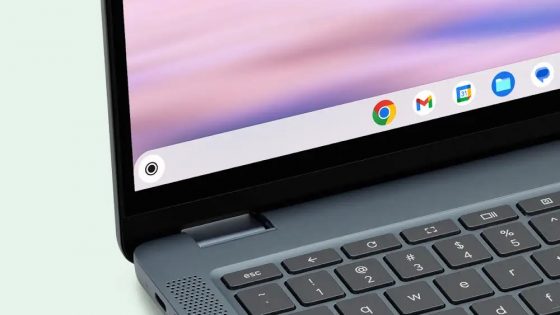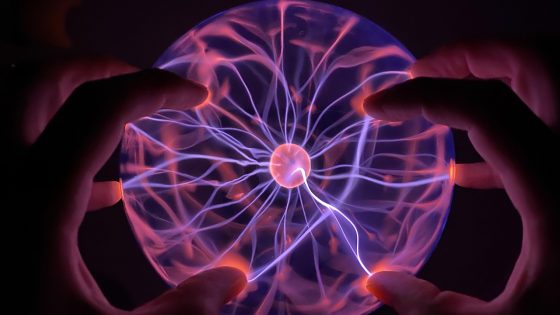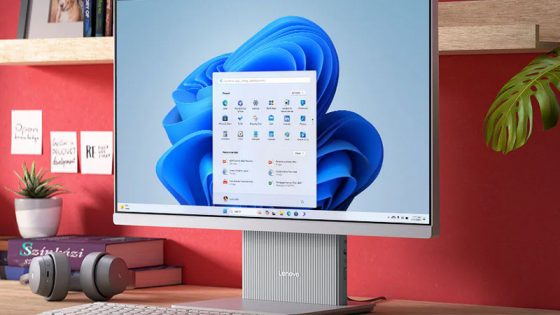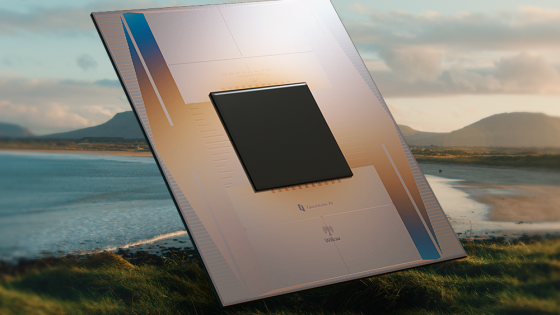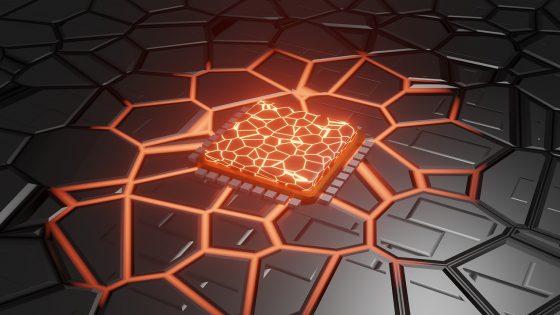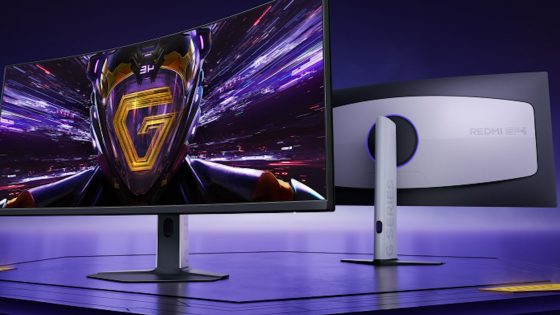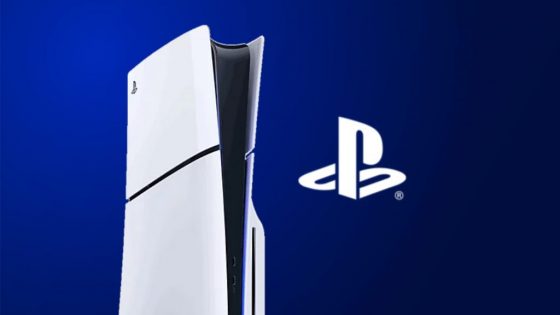OpenAI introduced a new DALL-E 3 photo generator
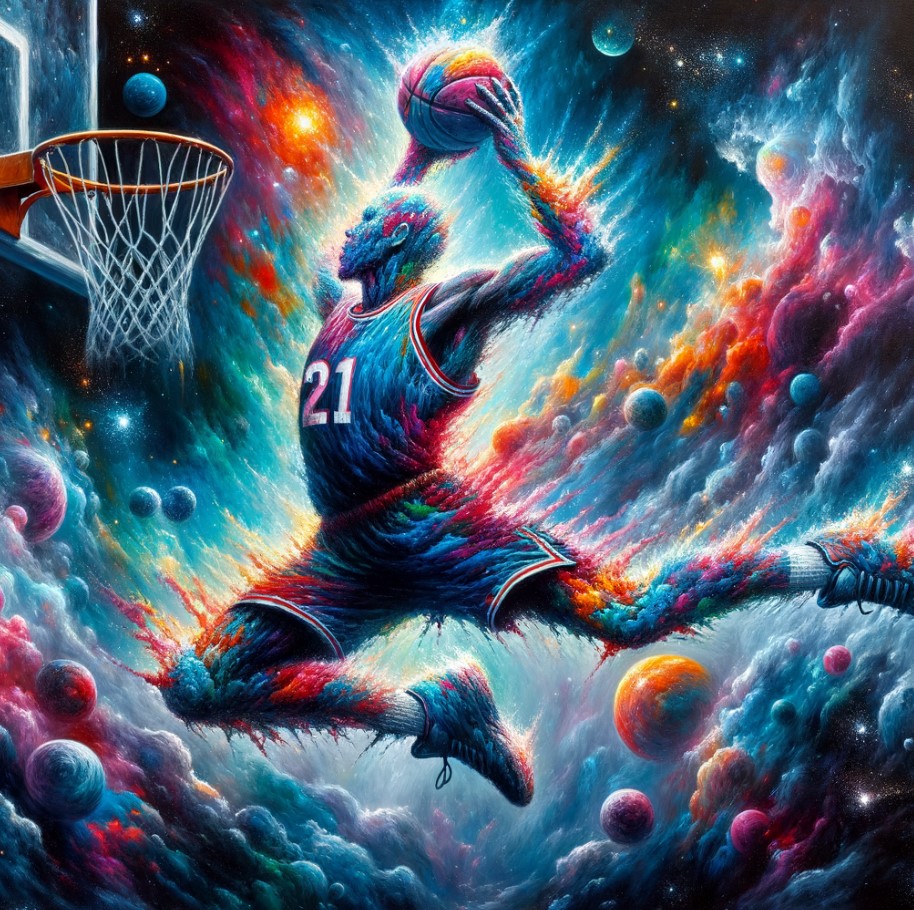
DALL-E 3 is said to offer greater protection for artists and designers who claim that such AI (artificial intelligence) image generators use third-party works to train the algorithm and in turn create photos and images.
The OpenAI developer has put the new AI abilities of the image generator in the center, which should be able to take into account and create much more details and complex concepts compared to its predecessor (DALL-E 2).
"Modern text-to-image systems often ignore words or descriptions, forcing users to learn prompt engineering," OpenAI says. "The DALL-E 3 represents a huge step forward in our ability to create images that precisely match the text you type."
This includes creating renderings of even the smallest details of a text prompt and arranging scene elements accordingly, such as the moon over the street in the image below.
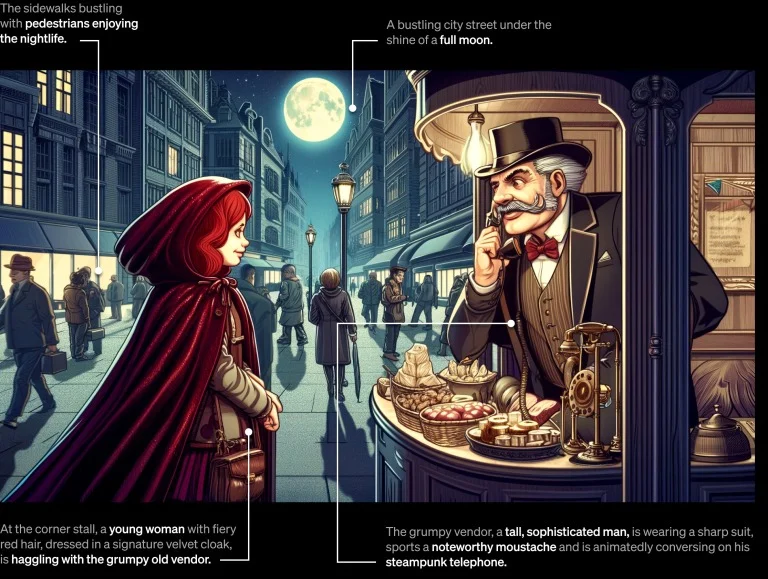
DALL-E 3 promises to render human hands more accurately, a task too difficult for many image generators. Closest rival Midjourney announced a similar upgrade last month, with a new feature that allows users to request editing of just part of an image (eg "remove one finger").
OpenAI also announced plans to integrate DALL-E 3 with ChatGPT Plus in the coming weeks. By combining the chatter's language capabilities with an image generator, it aims to create even more accurate images with customization options.
"When prompted with an idea, ChatGPT will automatically generate customized, detailed prompts for DALL-E 3 that will turn your idea into something tangible," OpenAI says. "If you like a particular image but it's not quite right, you can ask ChatGPT to make adjustments with a few words."
DALL-E 2 is currently not free. OpenAI requires a small fee for image “credits”. ChatGPT Plus currently costs 20 euros per month. The only major AI chat engine that currently offers image generation for free is Microsoft's Bing Chat AI.
Bing Chat also runs on the OpenAI GPT-4 language model. In the DALL-E 3 announcement, OpenAI acknowledges growing concerns about authorship of AI-generated photos. "We are also exploring the best ways to help people recognize when an image has been created by artificial intelligence," says OpenAI.
The company is working on an internal tool to distinguish between AI-generated and human-made art. But we're still waiting for OpenAI to resurrect its AI-powered text recognition tool, which it disabled in July due to poor performance.
They also touched on a number of lawsuits from artists who claim AI image generators are trained on their works. To this end, OpenAI has introduced a new tool that allows artists to choose to exclude their works from the database.
OpenAI also says that the DALL-E 3 can reject command prompts that will require the image to be rendered in the style of a live artist. A new and improved AI image generator is laying the groundwork for AI-generated images to become commonplace in the future. Since they are not protected by copyright according to a recent court decision, they can be created, published and sold without restriction. "You do not need our permission to reprint, sell or market," says OpenAI.



